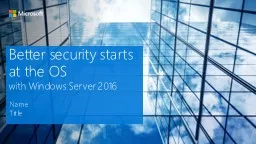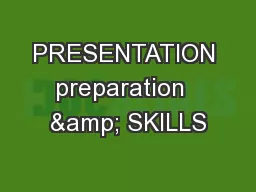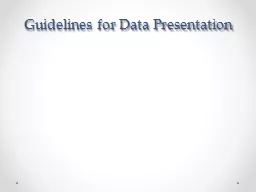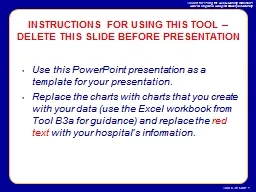PPT-How to use this presentation
Author : stefany-barnette | Published Date : 2018-03-20
Length 60 Min can be customized based on presenter preference or industry vertical Key Message Security continues to be rated as a top priority for IT This is no
Presentation Embed Code
Download Presentation
Download Presentation The PPT/PDF document "How to use this presentation" is the property of its rightful owner. Permission is granted to download and print the materials on this website for personal, non-commercial use only, and to display it on your personal computer provided you do not modify the materials and that you retain all copyright notices contained in the materials. By downloading content from our website, you accept the terms of this agreement.
How to use this presentation: Transcript
Download Rules Of Document
"How to use this presentation"The content belongs to its owner. You may download and print it for personal use, without modification, and keep all copyright notices. By downloading, you agree to these terms.
Related Documents














